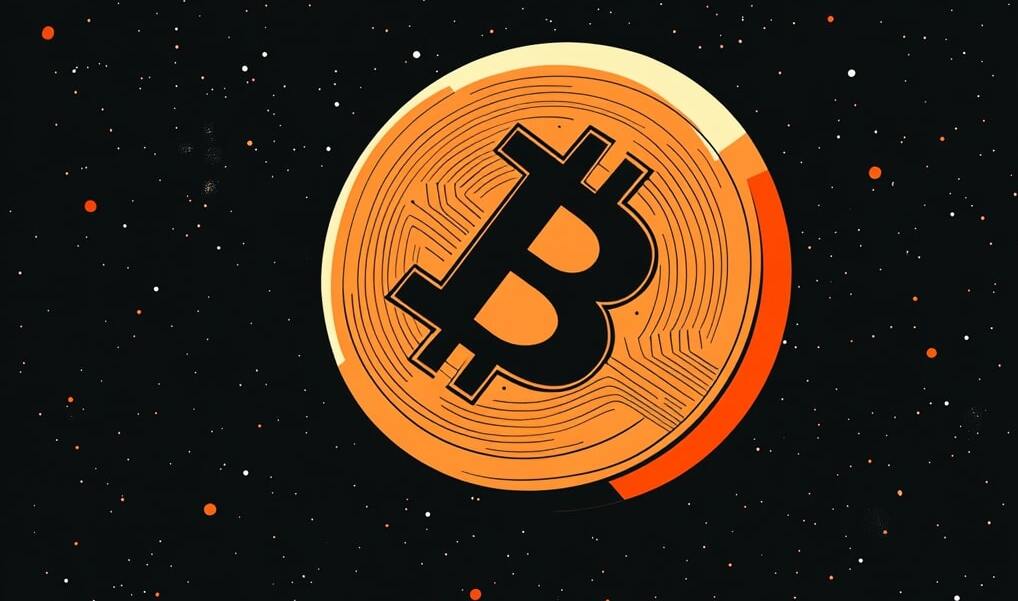Gold Price Forecast: XAU/USD Faces Critical Test Amid Volatility and Central Bank Demand
XAU/USD Plummets From Record Highs—Is This a Buying Opportunity Toward $3,000?
Gold prices have been on a rollercoaster, surging past $2,956 per ounce earlier this week before experiencing a sharp pullback of over $120. The precious metal has lost momentum in recent days, dragged down by a strengthening U.S. dollar and renewed concerns over Federal Reserve rate policy. However, gold’s strong bounce from $2,832 on Friday suggests that the bullish momentum is far from over. With global economic uncertainty, persistent inflation, and aggressive central bank purchases, investors are now asking: is gold’s pullback a dip worth buying, or is this the start of a deeper correction?
Will Gold Rebound or Extend Losses? Key Levels to Watch for XAU/USD
After reaching an all-time high of $2,956 earlier this week, gold tumbled sharply, breaking below the 200-day SMA and slipping under $2,900 before finding support at $2,832. This level is critical because it aligns with the 50-day SMA at $2,770, a region that has historically acted as a strong demand zone.
Technical indicators suggest mixed signals. The stochastic oscillator is showing oversold conditions, indicating that a reversal may be near, while the RSI is at its lowest since December, hinting at further downside risk. A break below $2,770 could open the door for a deeper slide toward $2,730, which marks the 38.2% Fibonacci retracement level of gold’s recent rally. However, if gold buyers step in at these levels, we could see a move back toward $2,950, with a potential breakout to $3,000 if momentum picks up.
Central Banks Are Hoarding Gold—Will Demand Push Prices Even Higher?
Despite short-term volatility, gold’s long-term trend remains overwhelmingly bullish, thanks to strong central bank demand. In 2024 alone, global central banks added 1,045 tonnes of gold to their reserves, marking the third consecutive year of purchases exceeding 1,000 tonnes, according to the World Gold Council.
Countries like China, India, and Russia continue to stockpile gold at an unprecedented pace, seeking to reduce their reliance on the U.S. dollar amid growing geopolitical tensions. The People’s Bank of China added over 225 tonnes of gold in 2024, pushing its total reserves past 2,200 tonnes. Meanwhile, the Reserve Bank of India’s gold holdings have climbed to 800 tonnes, as policymakers seek to strengthen financial stability.
This relentless demand from central banks provides a strong floor for gold prices, suggesting that any significant dip is likely to attract institutional buyers. Goldman Sachs recently revised its year-end 2025 gold forecast to $3,100 per ounce, citing structurally higher central bank demand and persistent macroeconomic risks.
Is Gold Still the Best Hedge Against Inflation?
While inflation has cooled in recent months, it remains above central bank targets, keeping investors cautious. In the U.S., CPI inflation still hovers around 2.8%, well above the Federal Reserve’s 2% goal, which has forced policymakers to delay rate cuts. The Fed’s reluctance to ease monetary policy has temporarily strengthened the U.S. dollar, pressuring gold prices.
However, historical data shows that gold tends to outperform when inflation remains sticky, as investors seek protection against eroding purchasing power. Even though interest rates remain elevated, real yields are starting to decline—a scenario that has historically favored gold.
If the Federal Reserve signals a rate cut later this year, the dollar could weaken, providing gold with another bullish catalyst. Additionally, rising fiscal deficits and ballooning U.S. debt—now surpassing $36 trillion—could erode confidence in the U.S. financial system, further boosting gold’s safe-haven appeal.
Geopolitical Risks Could Spark a Gold Rally—Is XAU/USD Poised for Another Breakout?
Beyond inflation and central bank demand, geopolitical instability remains a key driver for gold prices. The ongoing war in Ukraine, heightened tensions between China and Taiwan, and instability in the Middle East have fueled demand for safe-haven assets.
This past week, the market reacted sharply to escalating tensions between Donald Trump and Ukrainian President Zelensky, which created fresh uncertainty around U.S. foreign policy. Additionally, South Korea’s ban on gold bar sales due to supply shortages underscores how geopolitical events are tightening gold’s availability.
If geopolitical uncertainty continues to escalate, investors could pile into gold as a hedge against economic and political instability, pushing prices toward new record highs above $3,000.
Physical Gold Demand Surges as Supply Constraints Intensify
Retail demand for physical gold has surged in recent months, with pawn shops, bullion dealers, and online exchanges reporting record sales. Rick Harrison, owner of the Gold & Silver Pawn Shop in Las Vegas, recently stated that suppliers are limiting gold sales because they “can’t get any in.”
The supply shortage is further exacerbated by governments stockpiling gold, with South Korea actively restricting sales. Meanwhile, Indian investors face a halt in the Sovereign Gold Bond (SGB) scheme, which had previously allowed them to gain exposure to gold-backed securities. With demand outpacing supply, the gold market remains tightly controlled, creating additional upward price pressure.
What’s Next for Gold? Buy, Sell, or Hold?
Gold remains in a structural bull market, but short-term corrections are inevitable. Traders should closely watch the $2,770–$2,832 support zone, as a bounce from these levels could trigger a sharp recovery toward $2,950 and beyond. A decisive break above $2,956 could pave the way for a test of $3,000, aligning with bullish forecasts from investment banks like Goldman Sachs.
However, if XAU/USD falls below $2,770, further downside toward $2,730 or even $2,700 could be in play. Given the broader macroeconomic landscape—ranging from central bank demand to inflation risks and geopolitical uncertainty—gold remains a strong long-term hold.
For short-term traders, buying the dip near $2,800 could offer an attractive entry point, while long-term investors should continue accumulating gold as a hedge against currency devaluation, rising debt, and geopolitical instability.
With physical demand outpacing supply, central banks hoarding gold, and global uncertainty rising, gold remains one of the most compelling assets to own in 2025 and beyond.

















